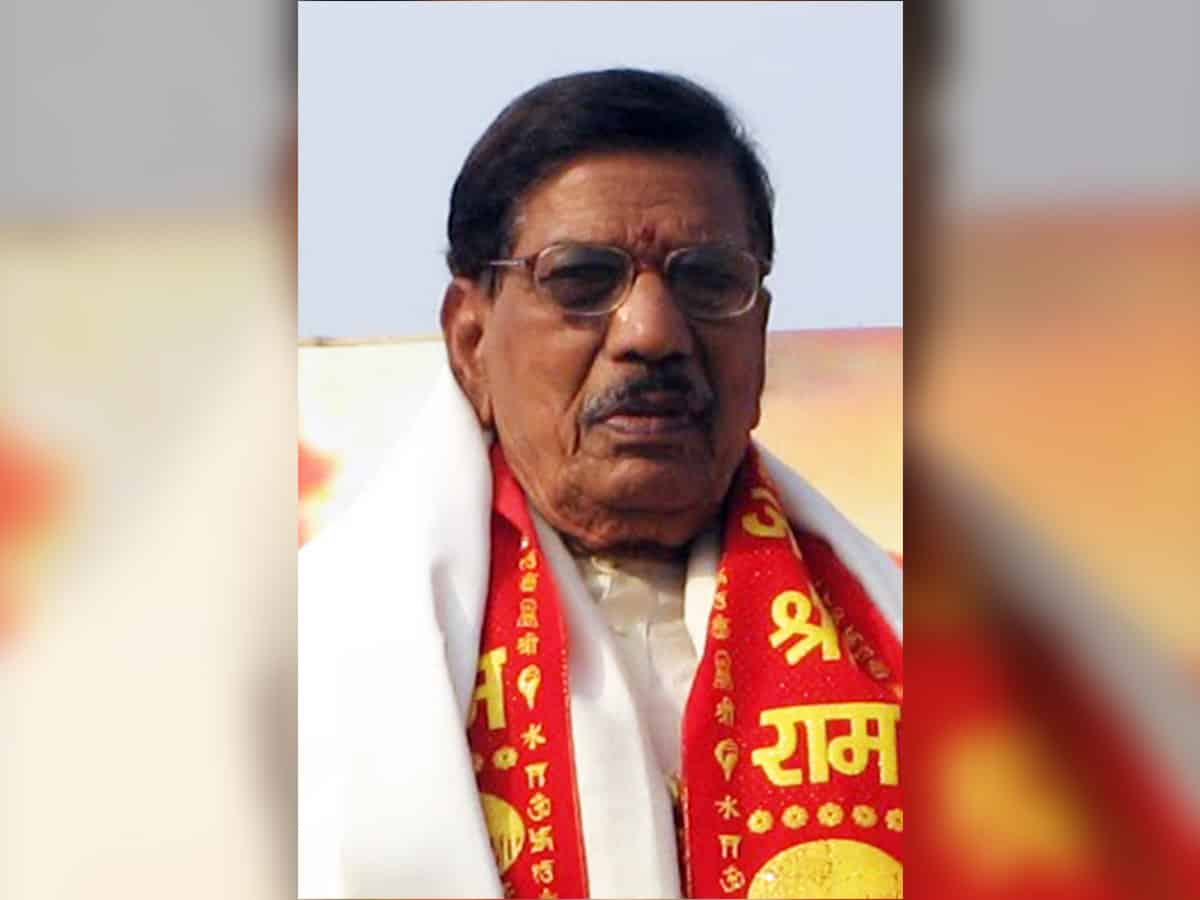Sruthi Vibhavari
Hyderabad: Prime Minister Narendra Modi, on Wednesday (August 5), laid the foundation stone for building Ram Mandir at Ayodhya. The beginning of the construction of temple is the success of Ram Janmabhoomi movement– an assertive standpoint that Ayodhya is the birthplace of Lord Ram — led by several Hindutva leaders.
The Ram Janmabhoomi movement also led to the demolition of Babri Masjid — constructed by the first Mughal emperor– in 1992. The legal dispute between the Hindu Mahasabha who represented temple’s interest and the Sunni Waqf Board which stood by the mosque continued until the Supreme Court verdict was declared in November 2019.
Costly legal battle ably funded
The legal dispute at the Supreme Court continued for two decades. The Vishwa Hindu Parishad (VHP), which spearheaded the movement, found itself in deep financial trouble as the costs of the dispute were mounting in lakhs. It was the Andhra’s ‘sweet doyen’, G Pulla Reddy, who came to VHP’s rescue.
Financial trouble propelled the then VHP’s International President Ashok Singhal to visit Reddy, who was then its All India treasurer. Singhal was to mobilize more than 25 lakhs for the case. It is known that Reddy handed over two lakh rupees without batting an eyelid and promised to provide another ten lakh on the same day.
Apart from giving this promise, Reddy is also known to have reassured Singhal that there shall be no shortage of funds for fighting the case as long as he is serving as the treasurer for the VHP. If necessary, he also pledged to sell his Irrum Manzil home and his wife’s jewelry, worth lakhs.
Pulla Reddy, an ardent Hindutva follower, became an RSS Sangh Chalak in 1974. From 1980 to his death in 2007, he served as the state president of VHP in erstwhile combined Andhra Pradesh state. After Ashok Singhal retired, it was Pulla Reddy’s son Raghava Reddy who took over the VHP’s International President post.
In 2002, the Andhra Pradesh Police revealed that he is targeted by the Lashkar-e-Taiba (LeT) due to his affiliation with the VHP.
Verdict at the Supreme Court
In November 2019, the Supreme Court ordered the disputed land to be handed over to a trust to build the Ram Temple. It also ordered the government to give 5 acres of land inside Ayodhya city limits to the Sunni Waqf Board for the purpose of building a mosque.
The Ram Mandir, which is expected to be completed in 2023, will stand tall at 161 feet.

